Access to land: resources database
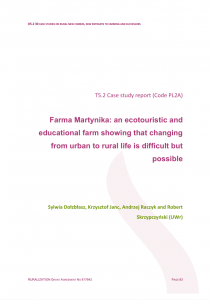
D5.2 Case studies and factsheets of 30 promising practices – Farma Martynika (PL2A)
Section title: Farma Martynika (PL2A) – 2A
Sub-section/paragraph: Case 2 A
Highlights: Martynika is an eco-touristic farm established in 2013 in the village of Jaroszówka (Poland) by a pair of newcomers from the city of Warsaw. Given their experience in business and pedagogy, they decided to renovate the farmhouse and set up an agricultural and agritourism business offering additionally a wide range of workshops (for children and adults). In practice, the agricultural activity proved to be more challenging than the owners had anticipated so they focused on the development of agro-tourism and workshops, some of which are closely related to rural life, e.g. permaculture, preparing for rural life, and also ceramics, stove-making, and recycling workshops. An important aspect of Martynika Farm is the strong focus on ecology, both in terms of workshops and the agricultural production and way of life. As of now the hosts are focusing on returning to active farming of organic crops, especially important are the preparations on how to distribute and sell. An important conclusion from the analysis of this practice is that starting agricultural production by new entrants is very difficult and requires very good preparation. A good solution is, as the owners of Martinique did, to prepare an alternative, plan-B path to earn money in the countryside.
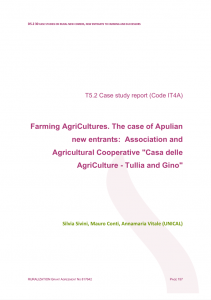
D5.2 Case studies and factsheets of 30 promising practices – Farming AgriCultures.
Section title: Farming AgriCultures. The case of Apulian need entrants:Association and Agricultural Cooperative “Casa delle AgriCulture – Tullia e Gino” (IT4A) – 4A
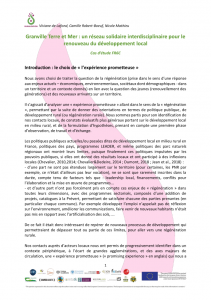
D5.2 Case studies and factsheets of 30 promising practices – Granville Terre et Mer
Section title: Granville Terre et Mer : un réseau solidaire interdisciplinaire pour le renouveau du développement local
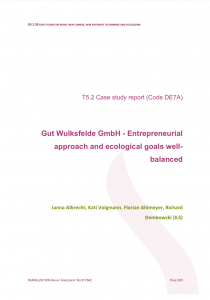
D5.2 Case studies and factsheets of 30 promising practices – Gut Wulksfelde GmbH – Entrepreneurial approach and ecological goals well-balanced
Section title: DE7A: Gut Wulksfelde GmbH – Entrepreneurial approach and ecological goals well-balanced
Highlights:
Wulksfelde is a good example how to develop jobs in agriculture and the territorial marketing of local products for urban areas, if stakeholders and administration work together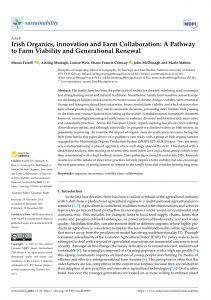
D5.2 Case studies and factsheets of 30 promising practices – Irish Organics, Innovation and Farm Collaboration
Section title: Irish Organics, Innovation and Farm Collaboration: A Pathway to Farm Viability and Generational Renewal
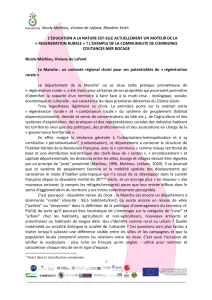
D5.2 Case studies and factsheets of 30 promising practices – L’éducation à la nature est-elle actuellement un moteur de la régénération rurale ?
Section title: L’éducation à la nature est-elle actuellement un moteur de la régénération rurale ? L’exemple de la Communauté de Communes Coutances Mer Bocage
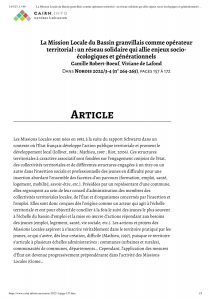
D5.2 Case studies and factsheets of 30 promising practices – La Mission Locale du Bassin granvillais comme opérateur territorial
Section title: La Mission Locale du Bassin granvillais comme opérateur territorial : un réseau solidaire qui allie enjeux socio-écologiques et générationnels
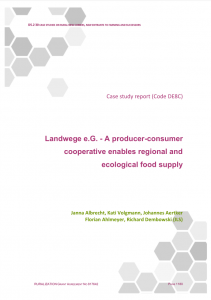
D5.2 Case studies and factsheets of 30 promising practices – Landwege e.G. – A producer consumer cooperative enables regional and ecological food supply
Section title: DE8C: Landwege e.G. – A producer consumer cooperative enables regional and ecological food supply
Highlights:
The case shows the development potential of local supply, if organised by engaged stakeholders over a long time / The case is very successful, but it also makes clear, that it takes time to grow in such manner / The case shows, how important the support of local and regional administration and the acceptance of the local population are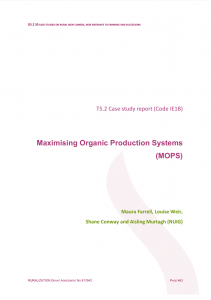
D5.2 Case studies and factsheets of 30 promising practices – Maximising Organic Production Systems (MOPS)
Section title: Maximising Organic Production Systems (MOPS) – 1B
Highlights: This is an EIP-AGRI funded project so is a result of EU policy and funded by a specific EU policy instrument, but not a policy in itself (so did not tick policy in ‘type of action’)
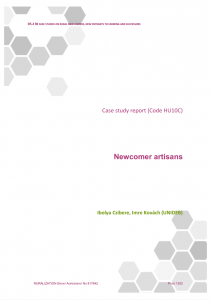
D5.2 Case studies and factsheets of 30 promising practices – Newcomer artisans
Section title: Newcomer artisans (HU10C) – Case 10C
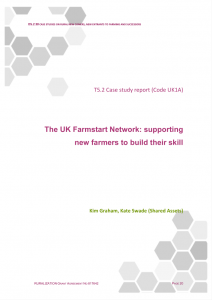
D5.2 Case studies and factsheets of 30 promising practices – Promising Practice on the UK Farmstart Network and New Entrants
Section title: Case 1A (T5.2 Case study report: Promising Practice on the UK Farmstart Network and New Entrants)
Highlights:
The Farmstart Network, identified as one of 30 ‘promising practices’ by the RURALIZATION project, is a collaboration between the Land Workers’ Alliance (LWA) and some of its member organisations who are running ‘farm-start’ or ‘farm-incubation’ projects to develop best practice and increase opportunities for new entrants into sustainable agriculture. Whilst the precise set-up of the Farmstart schemes differ between members, they typically involve a supported space for new entrants to further grow their skills and test out ideas before taking on the full financial, legal and business responsibilities of an agricultural enterprise (Land Workers’ Alliance, n.d.). Drawing on desk research, interviews, a focus group and feedback from a public conference of key stakeholders, this case study report details the context from which the Farmstart Network emerged, the actors involved and their main activities, and the networks and support which have made possible any impacts this ‘promising practice’ has had on rural regeneration and generational renewal.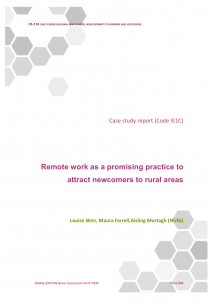
D5.2 Case studies and factsheets of 30 promising practices – Remote work as a promising practice to attract newcomers to rural areas.
Section title: Remote work as a promising practice to attract newcomers to rural areas.
Highlights: The rural development pathway is not quite about rural-urban relations but connecting rural areas to areas outside of them. They could be urban areas, but also other rural areas. The ‘type of action’ is hard to classify. The Grow Remote organisation is the network/collective action aspect, but also ticked other as this is also an individual action where newcomers work remotely.
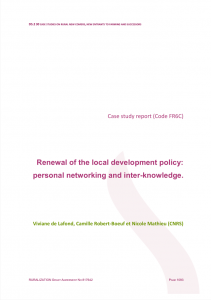
D5.2 Case studies and factsheets of 30 promising practices – Renewal of the local develoment policy : personal networking and interknowledge
Section title: Renewal of the local develoment policy : personal networking and interknowledge (FR6C) – 6C
Highlights:
Case study based on territorial approach focus on youth integration in the local area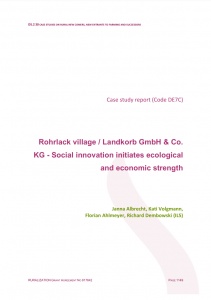
D5.2 Case studies and factsheets of 30 promising practices – Rohrlack village / Landkorb GmbH & Co. KG – Social innovation initiates ecological and economic strength
Section title: DE7C: Rohrlack village / Landkorb GmbH & Co. KG – Social innovation initiates ecological and economic strength
Highlights:
The case shows the strength of multi-actor approaches to make small rural communities successful, even in regions which are characterised by rural decline / The case shows the positive effect of social inclusion on local economies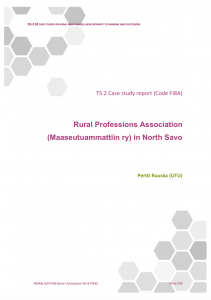
D5.2 Case studies and factsheets of 30 promising practices – Rural Professions Association
Section title: FI8A Rural Professions Association
